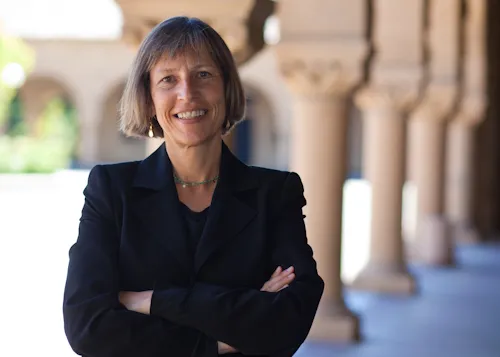Table of Contents
But there are a number of misconceptions that I would like to correct. In the first place, I question the supposed connection between the decline of the core curriculum and the alleged marginalizing of the humanities. The humanities cluster has the greatest number of faculty in H and S. The number of students enrolling as humanities majors in fall term 2014 was up almost 10% over the preceding year. The class of 2014-15 has the highest yield rate in a decade for students with humanities interests. In short, the humanities are still a vibrant and critical part of the university’s curriculum. Although there are many paths to fulfilling the new requirements, it remains true that students overwhelmingly fulfill some of them with humanities classes. For example, the vast majority of students fulfill the Aesthetic and Interpretative Inquiry requirement (2 courses) by taking a traditional humanities department course. Many humanities courses also satisfy the Ethical Thinking, Engaging diversity, and Social Inquiry requirements.
Nor, in the second place, can the long-term secular decline in the number of humanities majors, dating back over decades, be ascribed to the debates about a “core” curriculum. As a strong believer in SLE, I am personally a fan of such a core curriculum, but we have seen sharp declines in humanities majors even in universities like Columbia and the University of Chicago that maintain such a curriculum. The long term decline in majors in the humanities is not confined to Stanford.
The article also faults the university administration for failing in its duty to “assert a clear plan that includes the humanities.” But the curriculum is not made by the administration. Instead, faculty governed the process that led to the SUES Report, and the proposals were voted on by faculty through the Senate. Likewise, the effects of the curricular changes will be studied and reviewed by the faculty.
Nonetheless, I along with my humanities colleagues, have been working very hard to ensure that our students have the opportunity to closely read great books, engage with important ideas from the world’s major traditions of thought, and to find ways to bring the perspective of the humanities to students that might not otherwise seek those perspectives out. That is why we have been working with the large IDPs to feature classes from philosophy, languages and literatures, and history within their curriculum. That is why we are launching more introductory classes that are meant to be building blocks for further humanistic inquiry.
I share the authors desire to invigorate and renew its humanities curriculum. Personally, I think that there is a strong intellectual case to be made on behalf of a core humanities curriculum and I would support such an effort if it were proposed by the faculty. But we have as yet no evidence that instituting such a curriculum as a requirement would turn the tide back to the humanities at Stanford.





